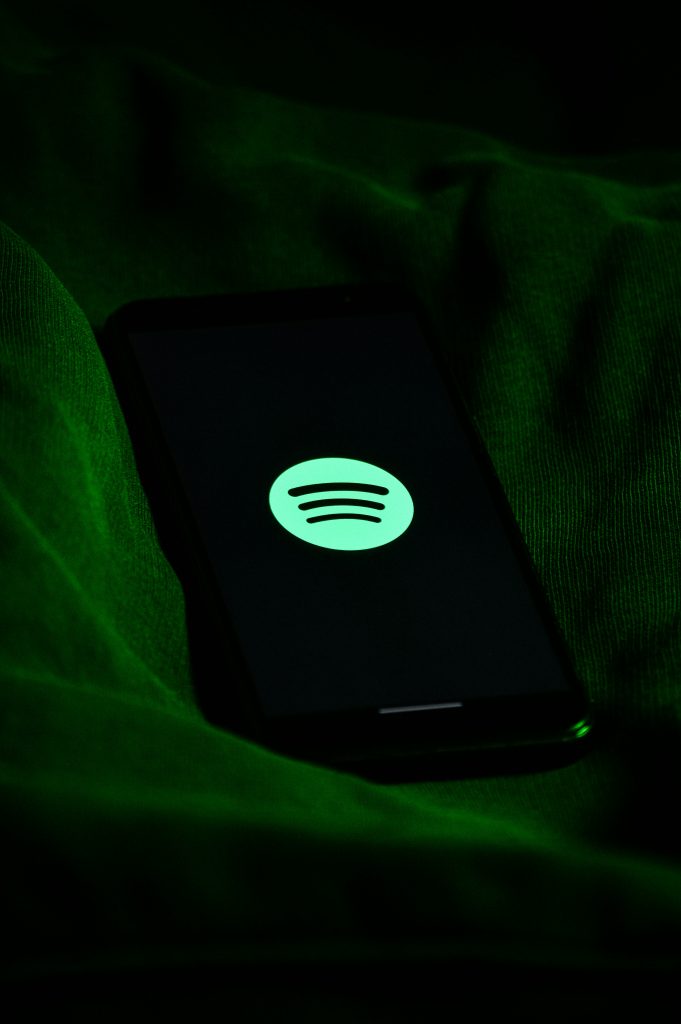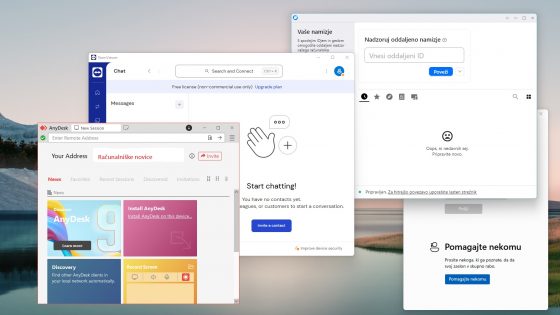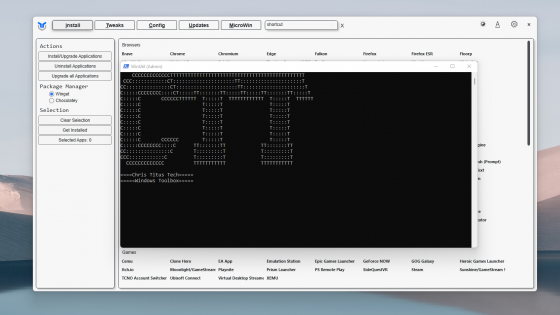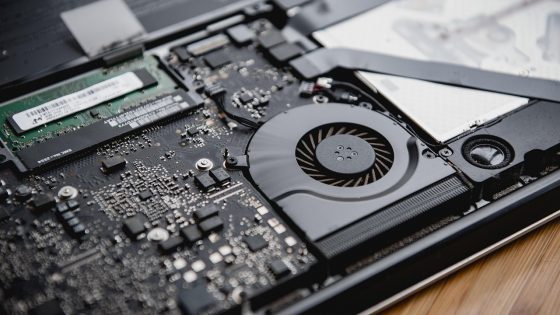Spotify introduces higher audio quality for Premium users

Lossless for Premium users
Spotify Lossless is available in over 50 countries starting September 10th, with more to come soon. Users will receive a notification when it’s activated, and all songs will be marked with the “Lossless” symbol. Spotify has confirmed that almost its entire catalog will be equipped with this feature.
The biggest surprise? Lossless is available to Premium users at no additional cost. Previous rumors had suggested an additional paid service. Music ProAdditionally, users will still be able to choose between existing quality settings (“Low”, “Normal”, “High” and “Very High”), providing more flexibility in data usage and content storage.
Spotify Lossless allows audio playback up to 24-bit/44.1kHz FLACThis is a higher resolution than CD quality (16-bit/44.1 kHz) and puts it in the category of so-called hi-res audio, although Apple Music offers even higher resolution levels (up to 24-bit/192 kHz).
Device support and limitations
Spotify Lossless will work on a variety of devices – from mobile phones to tablets and desktops – as well as devices that support Spotify Connect. Brands such as Sony, Bose and Sennheiser are supported.
Because Bluetooth currently does not provide enough bandwidth for lossless audio, Spotify recommends using a Wi-Fi connection, wired headphones or speakers, and devices compatible with Spotify Connect.
How to enable Spotify Lossless
Once the feature is activated, users will be able to turn it on in the Spotify app under “Settings and Privacy” > “Media Quality”, where Lossless will be displayed alongside other options. It is important to turn on the feature manually on each device separately. While listening, a “Lossless” indicator will be visible in the “Now Playing” view, confirming the playback quality.
Spotify has fulfilled one of its users' biggest requests with the introduction of "Lossless." While the feature doesn't yet bring full support over Bluetooth, it represents a significant step forward in sound quality. With this, Spotify aims to reduce the advantage of the competition, especially Apple Music, and retain its most loyal listeners.






























